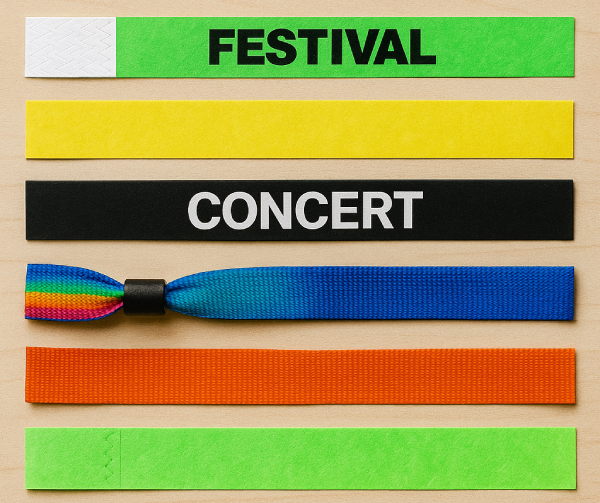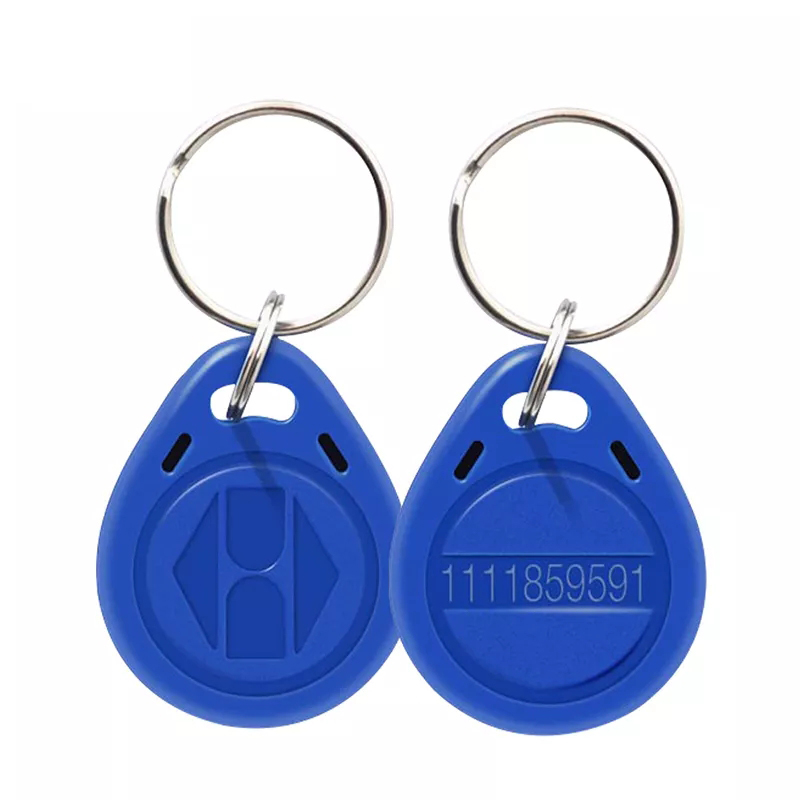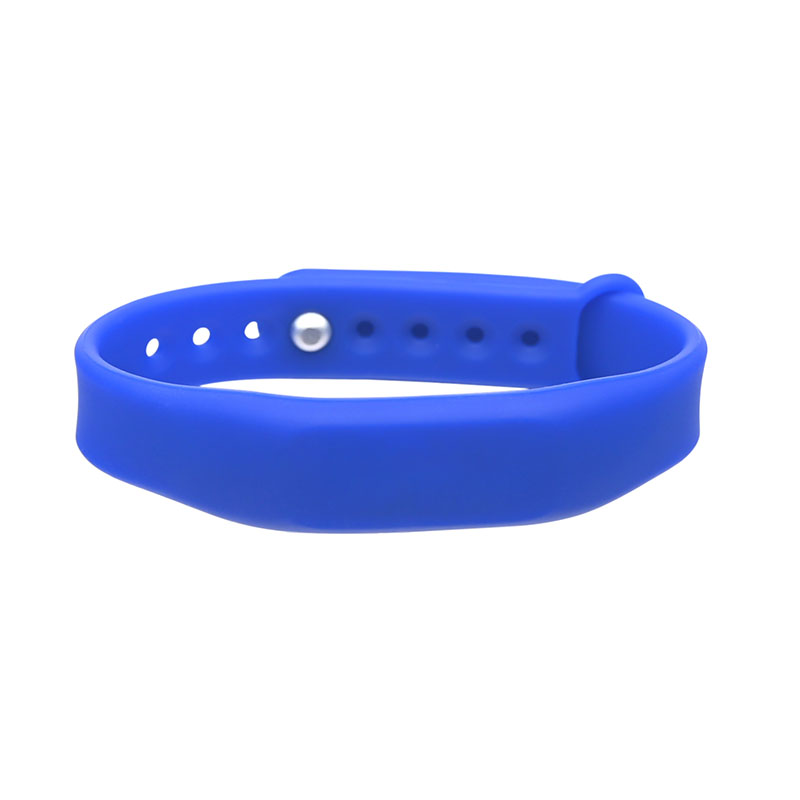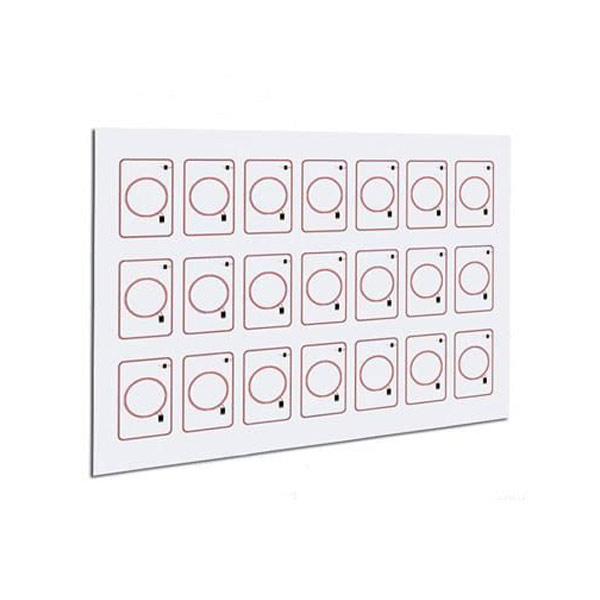
Introduction: The Strategic Role of Wristbands in Event Success
In the world of event planning, where the details often determine the success or failure of an experience, wristbands play a vital, strategic role. Far from being mere fashion statements or ticketing substitutes, wristbands are integral to a secure, efficient, and engaging event. They facilitate identity verification, regulate access zones, improve operational flow, enhance branding, and even act as gateways to data insights and cashless systems.
For organizers of festivals, concerts, or large-scale gatherings, wristbands are part of the event infrastructure. The right choice ensures streamlined entry, controls crowd movement, mitigates risk, and enhances the overall attendee experience. This article dives deep into the key considerations, options, and best practices in choosing wristbands tailored to your unique event scenario.
Assessing the Unique Characteristics of Your Event
Before selecting wristbands, it’s critical to understand the nature of your event. This foundational step allows you to choose features and materials aligned with practical demands and strategic goals.
Length and Nature of the Event
The duration of your event has a direct bearing on the type of wristbands you should use. For single-day concerts or pop-up gigs, disposable and economical options such as Tyvek wristbands work well. For festivals spanning multiple days, or with camping and overnight stays, a more robust solution like fabric, vinyl, or RFID-enhanced wristbands becomes necessary.
Number of Attendees
Large crowds demand systems that can process entry swiftly while minimizing bottlenecks. Color-coded wristbands and RFID wristbands integrated with scanners can significantly improve efficiency at entry points. Higher attendance also increases the likelihood of security breaches, so choosing tamper-resistant or technology-enabled options is wise.
Venue Configuration
For events hosted in complex venues with tiered access zones—such as general admission areas, VIP sections, backstage, and staff-only locations—wristbands can be customized to indicate clearance levels. Distinct colors, printed information, or embedded technology like barcodes or RFID chips can all serve this purpose, keeping the venue secure and organized.
Safety and Anti-Counterfeit Concerns
Security is a non-negotiable priority for public events. Wristbands should incorporate features that make them difficult to replicate or transfer. Tamper-evident closures, serialized numbering, holographic features, and encrypted RFID technology can help safeguard access and protect revenue streams from unauthorized entry.
Budget Allocation
Cost constraints often shape the selection of wristbands. However, choosing the cheapest option without considering utility can prove more expensive in the long term. A well-selected wristband that integrates multiple functions may offset its cost by reducing fraud, improving branding, or enhancing data collection.
Comparing Wristband Types: Pros, Cons, and Use Cases
Tyvek Wristbands
Ideal for: One-day events, general access control, tight budgets.
These wristbands are made from synthetic paper-like material that is water-resistant and tear-proof. They are single-use, making them a deterrent to pass-along entry. While limited in design sophistication, Tyvek wristbands can be printed with logos, barcodes, and serial numbers, making them an effective tool for short-duration crowd management.
Silicone Wristbands
Ideal for: Promotions, fan memorabilia, and low-security giveaways.
Silicone wristbands are reusable, comfortable, and popular as mementos. While not suited for access control due to their ease of removal and transfer, they excel in marketing campaigns and merchandise strategies. Their high customization potential allows for creative branding.
Vinyl Wristbands
Ideal for: Wet environments, multi-day use, controlled access.
Constructed for durability, vinyl wristbands are resistant to water, sweat, and stretching. They often come with snap closures that prevent unauthorized removal. These wristbands are excellent for water parks, beach events, or extended-use situations where durability and security are required.
Ideal for: Multi-day festivals, VIP experiences, branding.
fabric wristbands are designed for comfort and style. Woven or sublimated printing techniques allow high-resolution visuals, making them ideal for representing the event’s identity. With locking closures and high tamper resistance, they serve both aesthetic and security purposes.
RFID Wristbands
Ideal for: Smart events, high-ticket festivals, and data-driven management.
RFID wristbands embed chips that support features like contactless entry, cashless transactions, and real-time analytics. Their integration with POS systems, mobile apps, and ticketing databases provides a unified platform for both organizers and attendees. While they come at a higher cost, the operational and analytical advantages justify the investment for large events.
Additional Features and Considerations
Customization Options
From full-color logos and slogans to unique serial numbers and barcodes, wristbands offer vast branding opportunities. Customized designs help reinforce the event identity and make wristbands more difficult to counterfeit. Sponsors can also be featured on wristbands to add value to partnerships.
Comfort and Practicality
Attendees wear wristbands for extended periods, sometimes multiple days. Therefore, comfort is paramount. Materials like soft fabric or smooth silicone are preferable for long-term wear. Poorly designed wristbands can cause irritation or negative sentiment among participants.
Sustainability and Eco-Friendliness
Environmental concerns are increasingly influencing wristband choices. Eco-conscious events may opt for biodegradable Tyvek, bamboo-based fabric wristbands, or wristbands made from recycled ocean plastic. These options align with sustainability goals while maintaining function.
Technological Integration
For tech-forward events, wristbands can link directly to mobile apps and digital platforms. RFID wristbands can be programmed to store individual attendee data, monitor movement across the venue, and facilitate gamification elements. Integrating wristbands with CRM systems enables post-event communication and campaign targeting.
Security Layers
High-risk events should incorporate multi-level security features such as UV-reactive elements, holographic foils, microprinting, and tamper-evident closures. These additions make replication significantly harder and reduce the risk of fraud or unauthorized access.
Use Case Examples
Concerts with General Admission: Use Tyvek for single-day control with fast deployment.
Luxury Music Festivals: Use RFID-enhanced fabric wristbands with custom branding and secure closures.
Poolside or Beach Venues: Waterproof vinyl wristbands ensure comfort and durability.
Charity Concerts and Brand Activations: Distribute customized silicone wristbands as promotional takeaways.
Events with Multiple Entry Zones: Deploy color-coded or RFID wristbands for zone-specific access and real-time tracking.
Best Practices for Distribution and Onboarding
Advance Shipping: Mail RFID wristbands to guests beforehand to activate registration and payment features.
Categorized Distribution: Use separate lines or counters for different wristband types to avoid confusion.
Trained Staff: Educate distribution teams on identifying wristband features, applying closures correctly, and troubleshooting.
Real-Time Validation: Utilize RFID scanners or mobile apps for efficient on-site activation and access verification.
Conclusion: Making a Strategic Wristband Decision
Choosing the right wristband is not a minor logistical detail but a strategic decision that can dramatically influence your event's efficiency, security, and attendee satisfaction. From streamlining entry to providing insightful data, the right wristband system amplifies every aspect of the event experience.
The optimal choice depends on your specific event dynamics—duration, audience, budget, and brand objectives. As technology and sustainability trends continue to evolve, selecting wristbands that not only meet today’s demands but anticipate future needs will keep your event competitive and compelling.
Need customized solutions for your next event? Our team specializes in RFID, eco-friendly, and premium branding wristbands to match every event scale and budget. Get in touch today for tailored advice and quotes.





